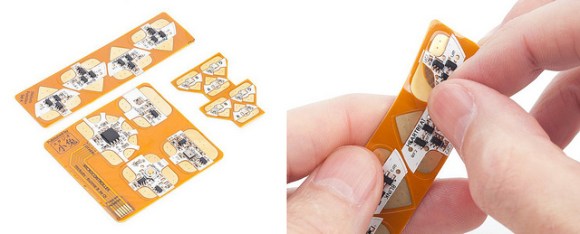
“Law and Order” may be my favorite chapter of Hacker Crackdown: it covers the perspective of the early 90’s seizures and arrests from the perspective of law enforcement. While the chapter has its flaws, I highly recommend it; [Sterling] treats both sides with patience and understanding, revealing how similarly adrift everyone was (and to some extent, remains) in the uncertainty of cyberspace. I also recommend the [Gail Thackeray] / [Dead Addict] joint talk from DEFCON 20 as an accompanying piece to this chapter, as it bridges the twenty-year gap between Crackdown‘s publication and today—and [Thackeray] herself is the focus of this chapter.
 As always, everyone is welcome in our weekly discussion, even if you haven’t been keeping up with our progress through Hacker Crackdown. You can download it for free as an audiobook, too! Onward for more!
As always, everyone is welcome in our weekly discussion, even if you haven’t been keeping up with our progress through Hacker Crackdown. You can download it for free as an audiobook, too! Onward for more!
Continue reading “Hacking And Philosophy: Crackdown Part III”
















